Home>Health & Lifestyle>Mindfulness & Relaxation Spaces>How To Make A Reed Diffuser Oil
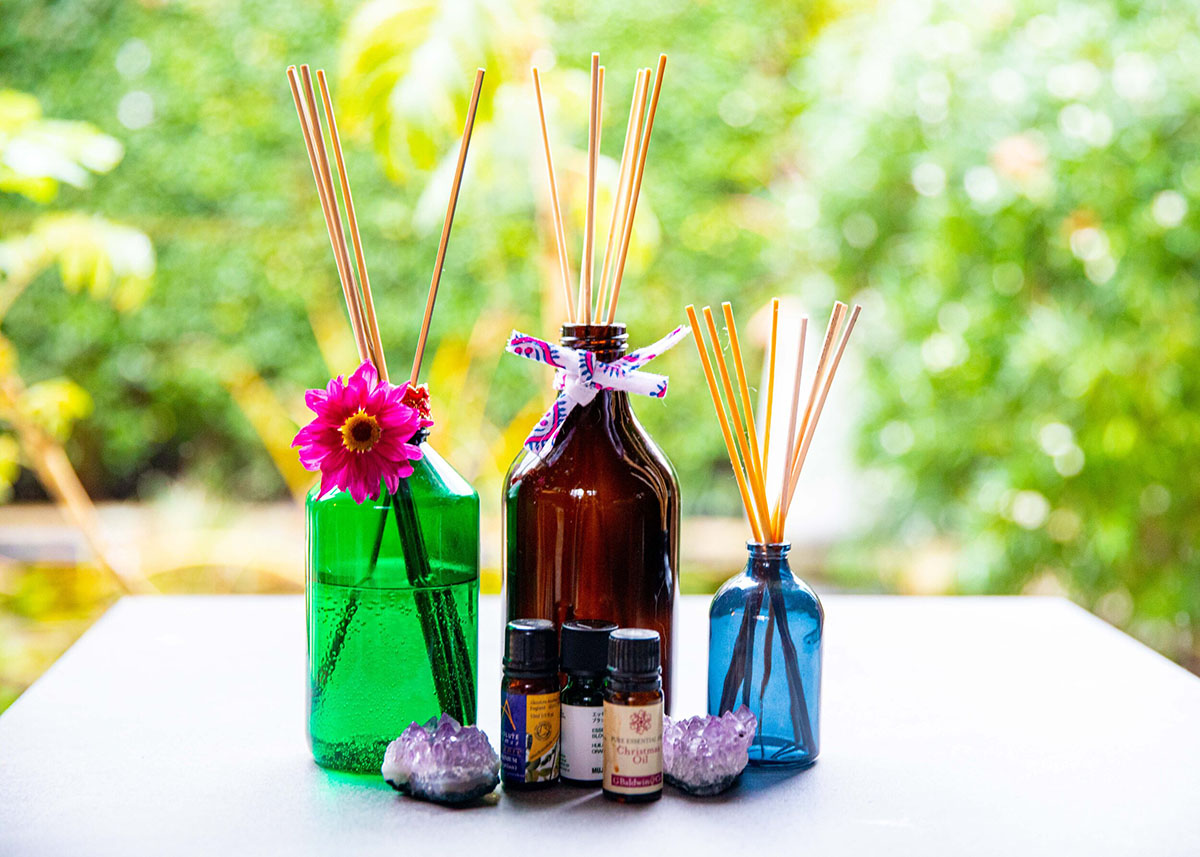

Mindfulness & Relaxation Spaces
How To Make A Reed Diffuser Oil
Published: December 25, 2023
Create a serene atmosphere with our guide on making reed diffuser oil for your mindfulness and relaxation spaces. Learn how to craft a soothing ambiance at home.
(Many of the links in this article redirect to a specific reviewed product. Your purchase of these products through affiliate links helps to generate commission for Storables.com, at no extra cost. Learn more)
Introduction
Welcome to the serene world of reed diffusers, where the gentle waft of essential oils fills the air, creating a tranquil ambiance in any space. Crafting your own reed diffuser oil is not only a delightful and creative endeavor but also allows you to customize scents to suit your preferences. Whether you seek the calming aroma of lavender, the invigorating scent of citrus, or the grounding fragrance of cedarwood, creating your own reed diffuser oil enables you to curate a sensory experience tailored to your liking.
In this guide, we will explore the art of making reed diffuser oil, from selecting the base oil to blending the perfect combination of essential oils. With a few simple ingredients and a touch of creativity, you can embark on a journey to craft exquisite reed diffuser oil that will infuse your surroundings with tranquility and charm.
Key Takeaways:
- Craft your own reed diffuser oil to create a personalized sensory experience tailored to your liking, infusing tranquility and charm into any space.
- Select base oils and essential oils mindfully to curate a captivating olfactory journey, transforming moments of relaxation into cherished sensory experiences.
Materials Needed
Before delving into the art of creating reed diffuser oil, it’s essential to gather the necessary materials. The process of making reed diffuser oil is relatively straightforward, and the materials required are readily available, making it a delightful DIY project.
Here’s a list of the materials you’ll need to get started:
- A glass or ceramic container: Select a vessel that complements your decor and allows for easy dispersion of the scent. Ensure that the opening is wide enough to accommodate the reed diffuser sticks.
- Reed diffuser sticks: These porous sticks serve as the vehicle for dispersing the scented oil into the air. Opt for high-quality reeds that effectively absorb and diffuse the fragrance.
- Base oil: Choose a carrier oil that will serve as the foundation of your reed diffuser oil. Common base oils include fractionated coconut oil, sweet almond oil, or safflower oil.
- Essential oils: Select a combination of essential oils to create your desired fragrance. Essential oils are derived from plants and offer a wide range of scents, from floral and citrusy to woody and herbal.
- A funnel: This will aid in pouring the base oil and essential oils into the diffuser bottle without spilling.
- Measuring cups or beakers: Accurately measuring the base oil and essential oils is crucial for achieving the desired scent potency and balance.
- Labels and decorative elements (optional): Personalize your reed diffuser bottle with labels and embellishments to add a touch of charm.
With these materials in hand, you’re well-equipped to embark on the delightful journey of crafting your own reed diffuser oil.
Choosing the Base Oil
The base oil serves as the foundation of your reed diffuser oil, diluting the essential oils and aiding in their gradual release into the air. When selecting a base oil, it’s essential to consider factors such as scent neutrality, evaporation rate, and compatibility with essential oils.
Here are some popular base oils commonly used in creating reed diffuser oil:
- Fractionated Coconut Oil: This odorless and colorless oil is a popular choice for reed diffuser oil due to its light texture and long shelf life. It has excellent stability and does not oxidize, making it an ideal carrier for essential oils.
- Sweet Almond Oil: With a mild, slightly sweet aroma, sweet almond oil serves as a nourishing base for reed diffuser oil. It is readily absorbed by reed diffuser sticks, facilitating the gradual release of fragrance.
- Safflower Oil: Extracted from safflower seeds, this light and odorless oil is known for its moisturizing properties. It serves as an effective carrier for essential oils, allowing for optimal scent dispersion.
- Jojoba Oil: Renowned for its similarity to the skin’s natural oils, jojoba oil is a luxurious base for reed diffuser oil. It has a long shelf life and effectively carries the aroma of essential oils.
When choosing a base oil, it’s important to opt for one that is light, odorless, and has a slow evaporation rate to ensure a gradual and consistent release of fragrance. Additionally, consider the compatibility of the base oil with the essential oils you plan to use, as certain base oils may complement specific scents more effectively.
Experimenting with different base oils can add a layer of creativity to the process, allowing you to tailor the texture and performance of your reed diffuser oil to your preferences. The base oil forms the canvas upon which the aromatic symphony of essential oils will unfold, making it a pivotal element in crafting a captivating olfactory experience.
Selecting Essential Oils
Essential oils are the heart and soul of reed diffuser oil, infusing the air with captivating scents that evoke a myriad of emotions and sensations. When selecting essential oils for your reed diffuser oil blend, consider the desired fragrance profile, therapeutic properties, and the harmonious interplay of different scents.
Here are some popular essential oils and their characteristic scents:
- Lavender: Known for its calming and floral aroma, lavender essential oil promotes relaxation and tranquility, making it a popular choice for creating a serene ambiance.
- Lemongrass: With its invigorating citrus scent, lemongrass essential oil enlivens the atmosphere and imparts a refreshing, uplifting vibe.
- Peppermint: The cool, minty aroma of peppermint essential oil revitalizes the senses and promotes a feeling of clarity and vitality.
- Sandalwood: Renowned for its warm, woody fragrance, sandalwood essential oil instills a sense of groundedness and inner peace, making it a popular choice for meditation spaces.
- Bergamot: This citrusy, yet subtly floral essential oil offers a delicate and uplifting scent, adding a touch of brightness to the ambiance.
When crafting your reed diffuser oil blend, consider combining complementary scents to create a harmonious olfactory symphony. For example, blending lavender and chamomile essential oils can evoke a tranquil and soothing atmosphere, while combining bergamot and ylang-ylang essential oils can infuse the space with a sense of joy and positivity.
It’s important to note that essential oils vary in their intensity, so it’s advisable to start with a conservative amount and adjust the proportions based on your preference. Additionally, consider the therapeutic properties of essential oils, as certain scents may offer relaxation, while others may promote focus and mental clarity.
By thoughtfully selecting essential oils that resonate with your preferences and desired ambiance, you can curate a reed diffuser oil blend that transforms any space into a haven of tranquility and sensory delight.
When making reed diffuser oil, use a combination of essential oils and a carrier oil like almond or safflower to create a long-lasting and fragrant scent. Experiment with different oil ratios to find the perfect blend for your reed diffuser.
Mixing the Oils
Once you have selected the base oil and essential oils for your reed diffuser blend, it’s time to embark on the art of mixing the oils to create a harmonious and captivating fragrance. The process of blending essential oils requires a delicate balance and a keen sense of olfactory artistry to achieve the desired scent profile.
Here’s a simple guide to mixing the oils for your reed diffuser:
- Prepare a Clean Work Area: Before blending the oils, ensure that your work surface is clean and free from any potential contaminants that could affect the purity of the oils.
- Measure the Base Oil: Using a measuring cup or beaker, pour the selected base oil into a clean, dry glass or ceramic container. The amount of base oil will depend on the size of your reed diffuser bottle and the intensity of fragrance you desire.
- Add Essential Oils: Select the essential oils for your blend and carefully add them to the base oil. Start with a conservative amount of essential oils, as their potency can vary, and it’s easier to add more than to dilute an overly intense fragrance.
- Blend the Oils: Gently stir the base oil and essential oils using a glass stirring rod or a clean, dry utensil. Take this opportunity to experience the aroma of the blend, adjusting the proportions of essential oils as needed to achieve your desired fragrance profile.
- Let the Blend Mature: After mixing the oils, allow the blend to mature for a few hours or even a day to allow the scents to harmonize and develop complexity. This resting period allows the individual notes to meld, resulting in a more cohesive and balanced fragrance.
As you mix the oils, consider the synergy between different scents and the overall olfactory experience you wish to create. Whether you aim to evoke a sense of tranquility, rejuvenation, or inspiration, the art of blending essential oils offers a canvas for expressing your olfactory creativity.
By approaching the mixing process with mindfulness and an appreciation for the nuances of scent, you can craft a reed diffuser oil blend that captivates the senses and transforms any space into a sanctuary of aromatic bliss.
Read more: What Oil To Use For Reed Diffuser
Preparing the Reed Diffuser
With your meticulously crafted reed diffuser oil blend ready, it’s time to prepare the vessel and reed diffuser sticks for the enchanting task of dispersing the captivating fragrance into the air. The preparation of the reed diffuser involves assembling the components and ensuring an optimal environment for the gradual diffusion of the scented oil.
Here’s a step-by-step guide to preparing the reed diffuser:
- Choose an Appropriate Vessel: Select a clean, dry glass or ceramic container that complements your decor and allows for easy insertion of the reed diffuser sticks. The vessel should have a narrow opening to prevent the oil from evaporating too quickly.
- Fill the Vessel with the Oil Blend: Carefully pour the mixed reed diffuser oil into the selected vessel using a funnel to avoid spills. Leave some space at the top to allow for the insertion of the reed diffuser sticks.
- Insert the Reed Diffuser Sticks: Gently insert the reed diffuser sticks into the vessel, allowing them to absorb the scented oil. After a few hours, carefully flip the sticks to saturate the opposite ends, ensuring a consistent release of fragrance.
- Place the Reed Diffuser: Position the assembled reed diffuser in a well-ventilated area away from direct sunlight and heat sources. The airflow in the space will aid in dispersing the fragrance, creating an immersive olfactory experience.
- Adjust the Number of Sticks: Depending on the desired intensity of the fragrance, you can adjust the number of reed diffuser sticks inserted into the vessel. More sticks will result in a stronger scent throw, while fewer sticks will yield a more subtle diffusion.
- Regular Maintenance: To maintain optimal fragrance dispersion, periodically flip the reed diffuser sticks to refresh the scent. Additionally, topping up the oil as it evaporates will ensure a continuous and delightful aromatic presence.
As the reed diffuser begins its task of diffusing the captivating fragrance into the air, take a moment to appreciate the artistry of scent and the transformative power it holds. The gentle release of the fragrance will envelop your surroundings, creating a sensorial journey of tranquility and delight.
By meticulously preparing the reed diffuser and nurturing the gradual release of the scented oil, you can infuse any space with an alluring and captivating aroma, turning moments of relaxation and contemplation into cherished sensory experiences.
Conclusion
Embarking on the journey of creating your own reed diffuser oil is a delightful exploration of olfactory artistry and mindfulness. From selecting the base oil to blending a harmonious symphony of essential oils, each step in the process offers an opportunity to infuse your surroundings with captivating scents that evoke a myriad of emotions and sensations.
As you craft your reed diffuser oil, consider the intention behind the fragrance you wish to create. Whether it’s to foster a sense of tranquility, invigoration, or grounding, the art of blending essential oils allows you to curate a sensory experience tailored to your preferences and the ambiance you seek to cultivate.
With mindfulness and a touch of creativity, you can transform a few simple ingredients into a captivating olfactory journey that enriches your daily life. The gentle release of the fragrance from the reed diffuser will imbue your space with a sense of calm and charm, inviting moments of relaxation and rejuvenation.
As the aromatic symphony unfolds, take a moment to pause, inhale deeply, and savor the sensory tapestry that envelops your surroundings. The art of making reed diffuser oil is not merely a craft but a form of self-expression, allowing you to create an atmosphere of tranquility and delight that resonates with your soul.
May the scents you craft transport you to moments of peace, inspiration, and joy, infusing your space with the essence of serenity and beauty. Embrace the art of reed diffuser oil making as a mindful practice, and let the fragrant whispers uplift your spirit and nourish your senses.
With each breath, may you find solace and delight in the aromatic embrace of your bespoke reed diffuser oil, transforming the spaces you inhabit into sanctuaries of sensory bliss.
Frequently Asked Questions about How To Make A Reed Diffuser Oil
Was this page helpful?
At Storables.com, we guarantee accurate and reliable information. Our content, validated by Expert Board Contributors, is crafted following stringent Editorial Policies. We're committed to providing you with well-researched, expert-backed insights for all your informational needs.
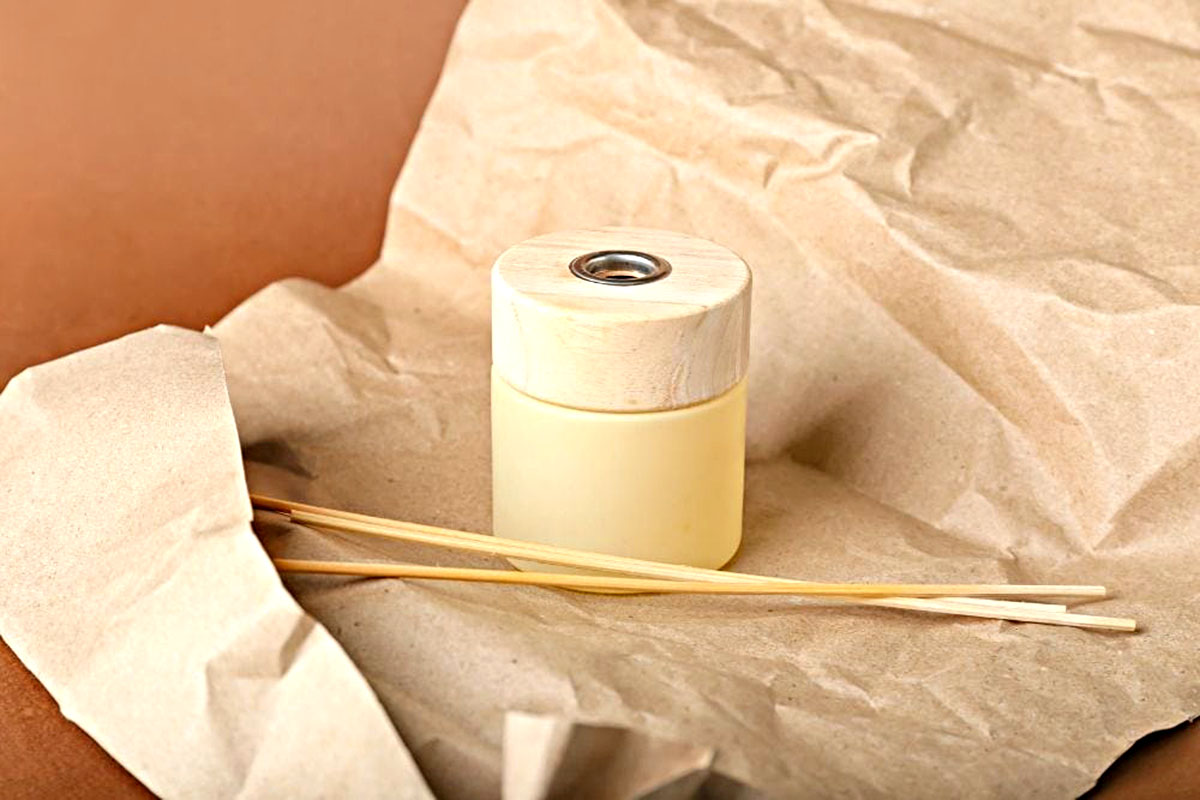

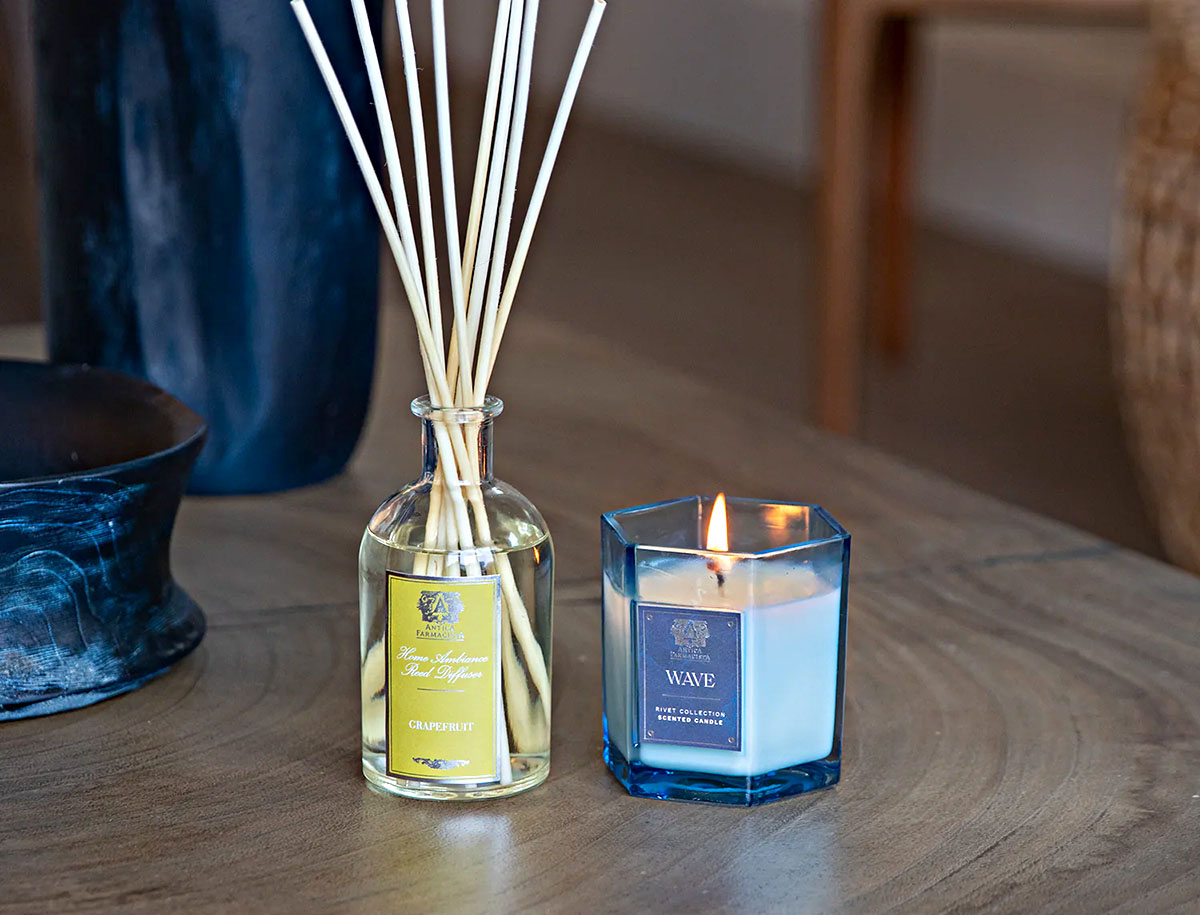


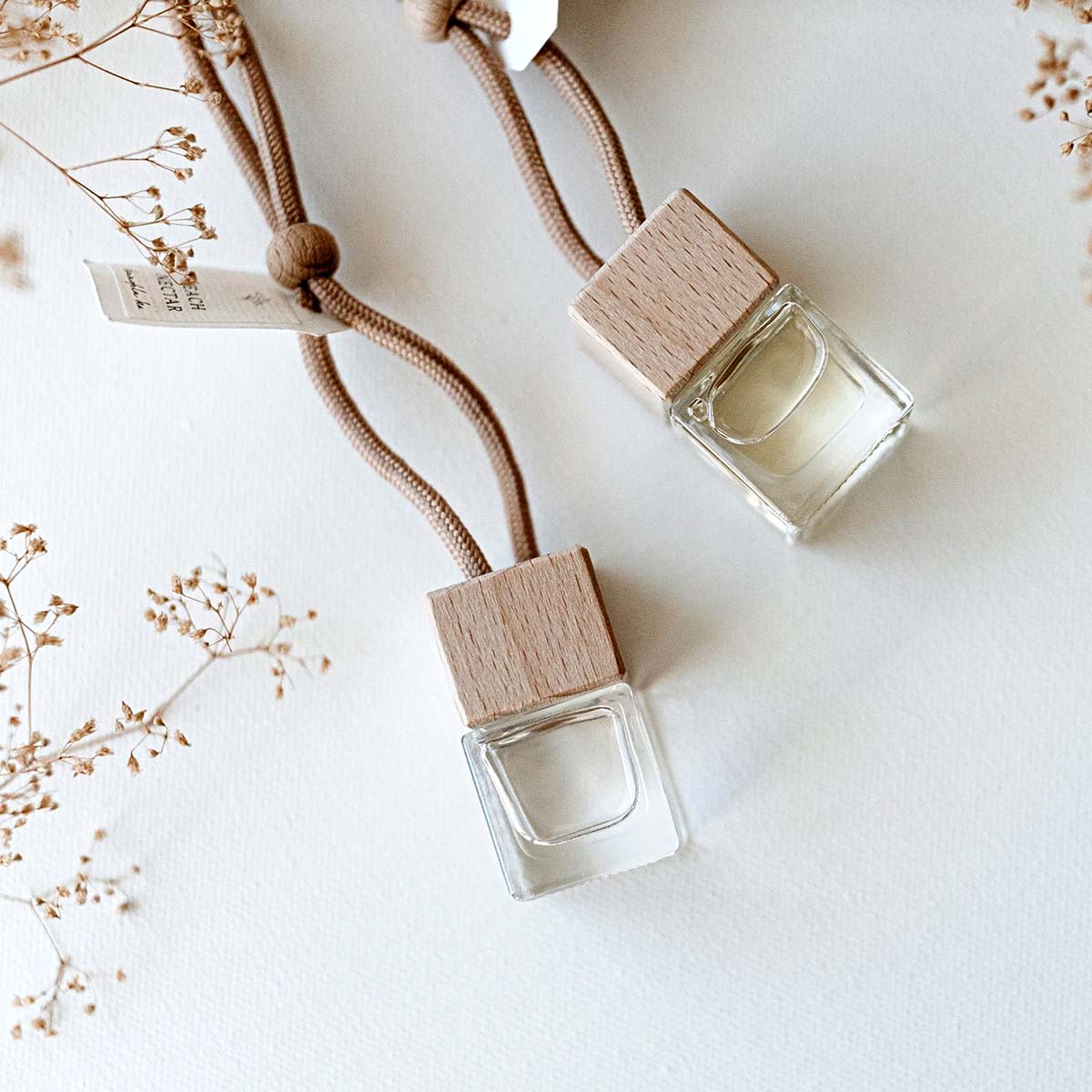
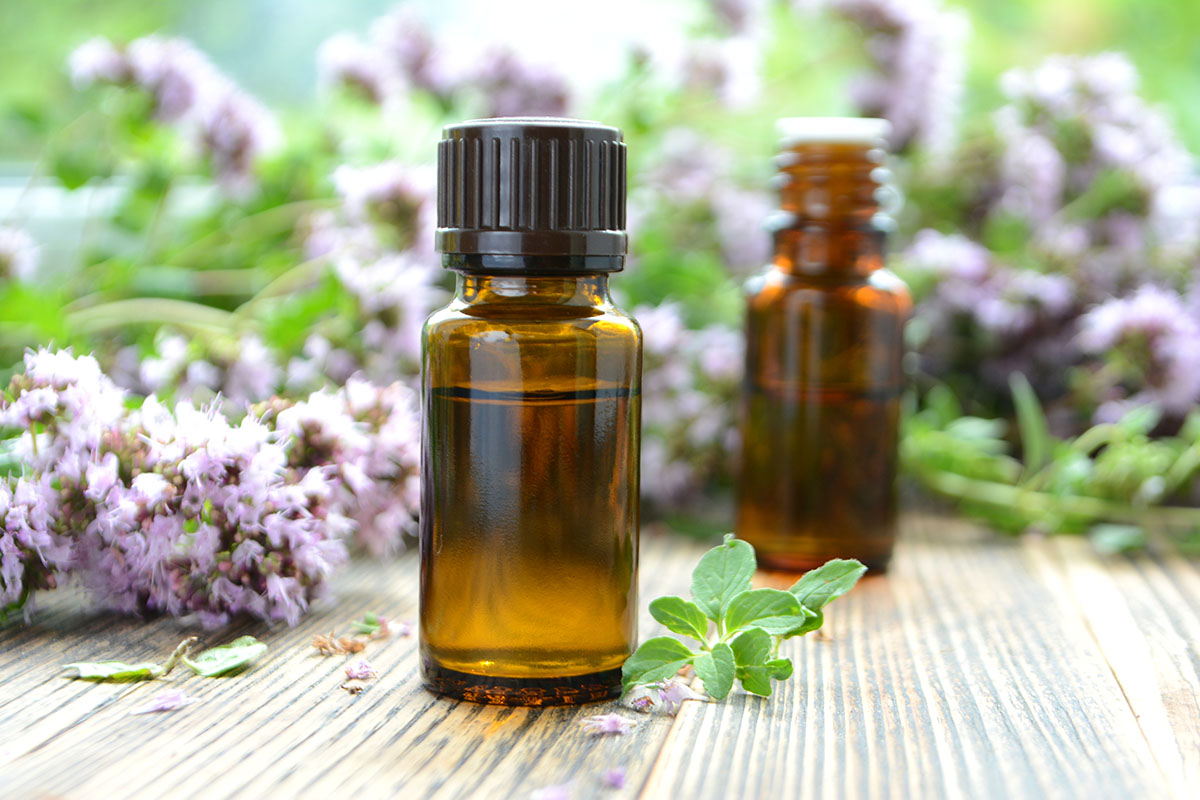
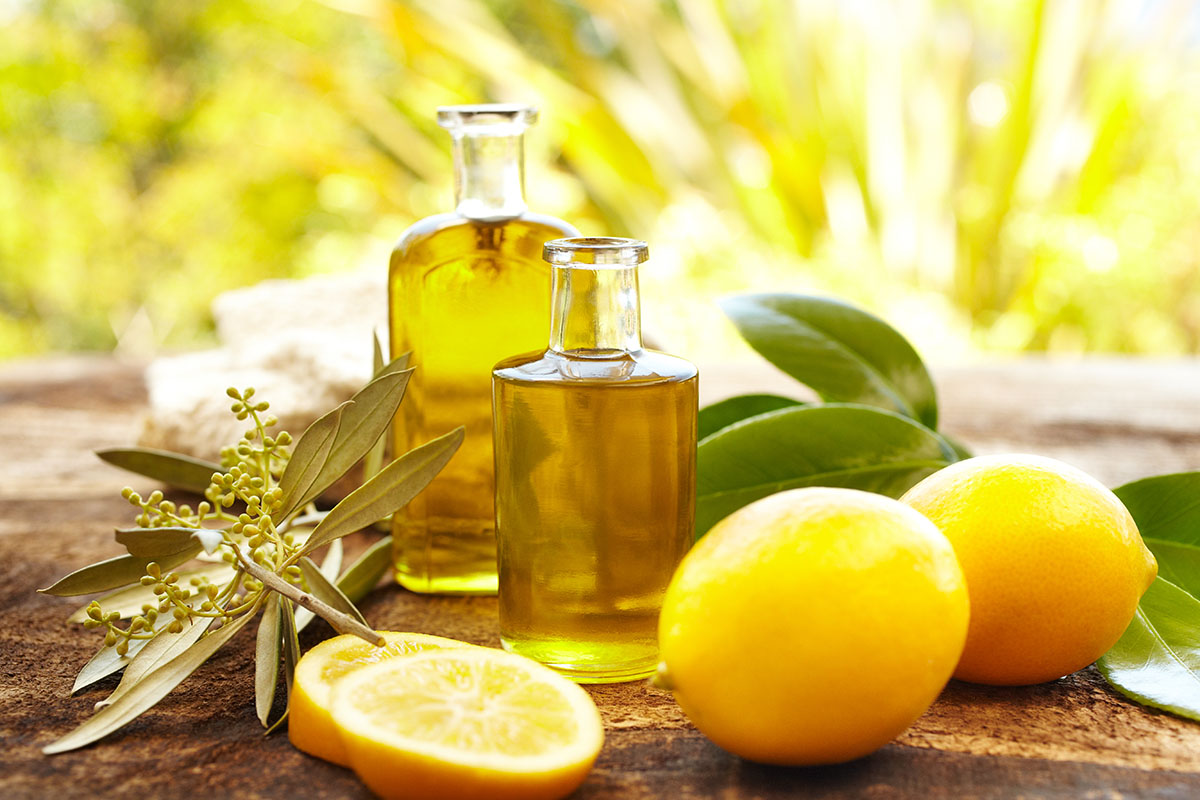
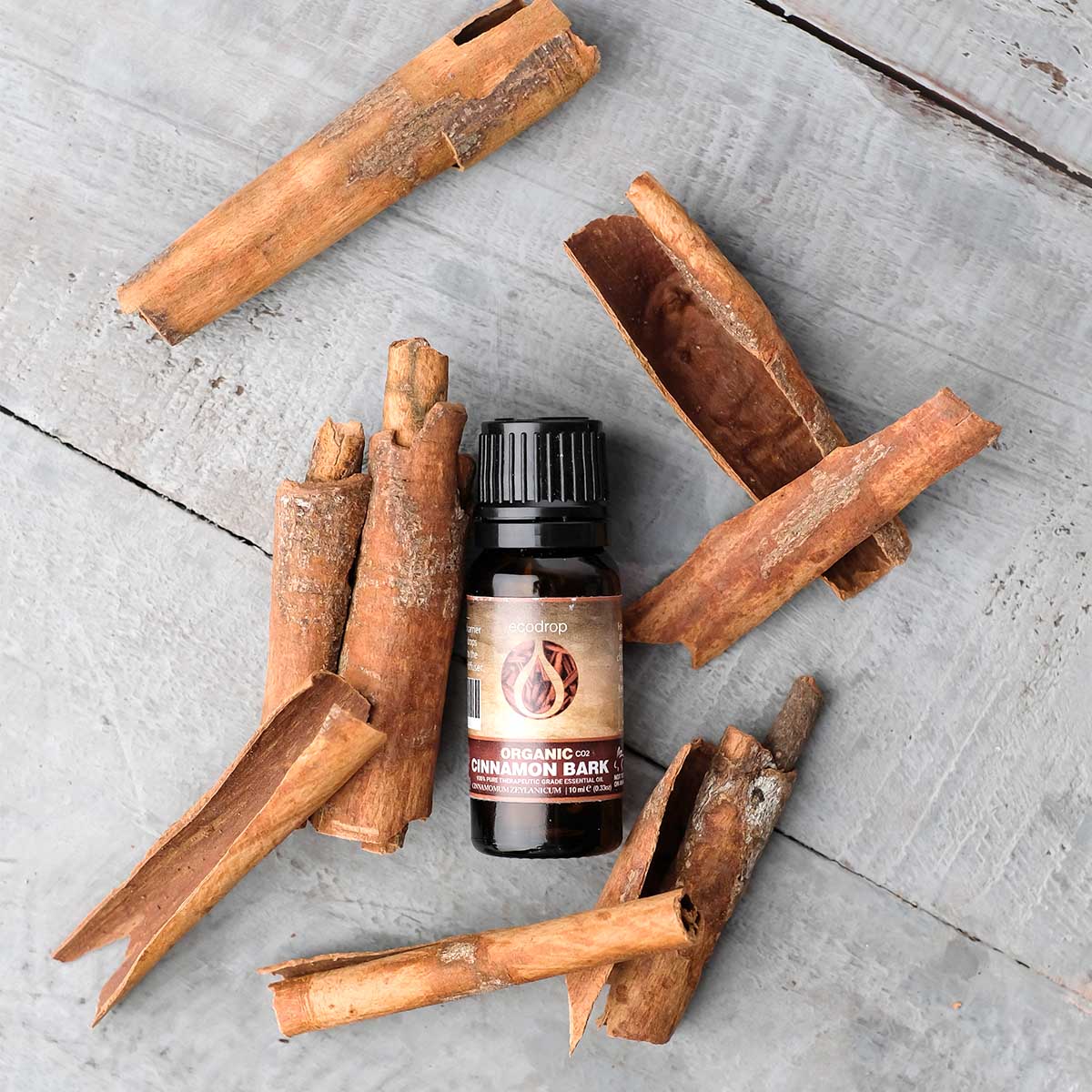
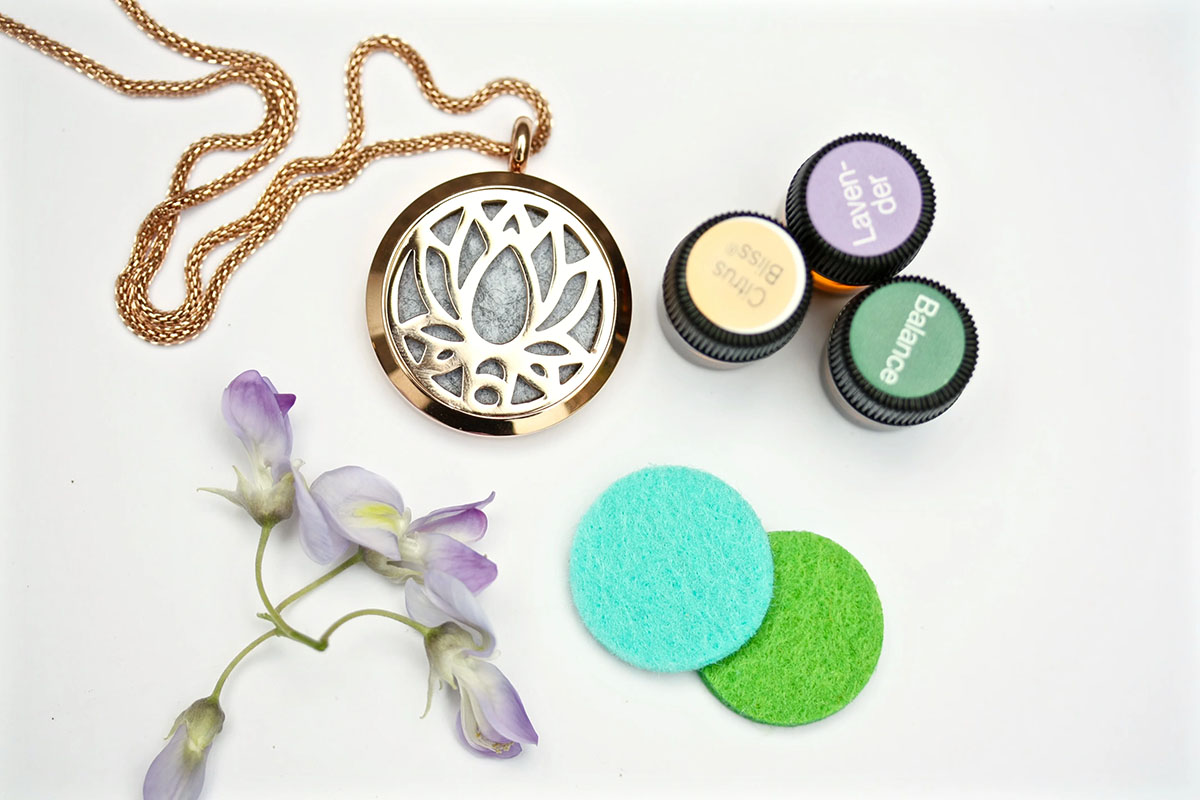
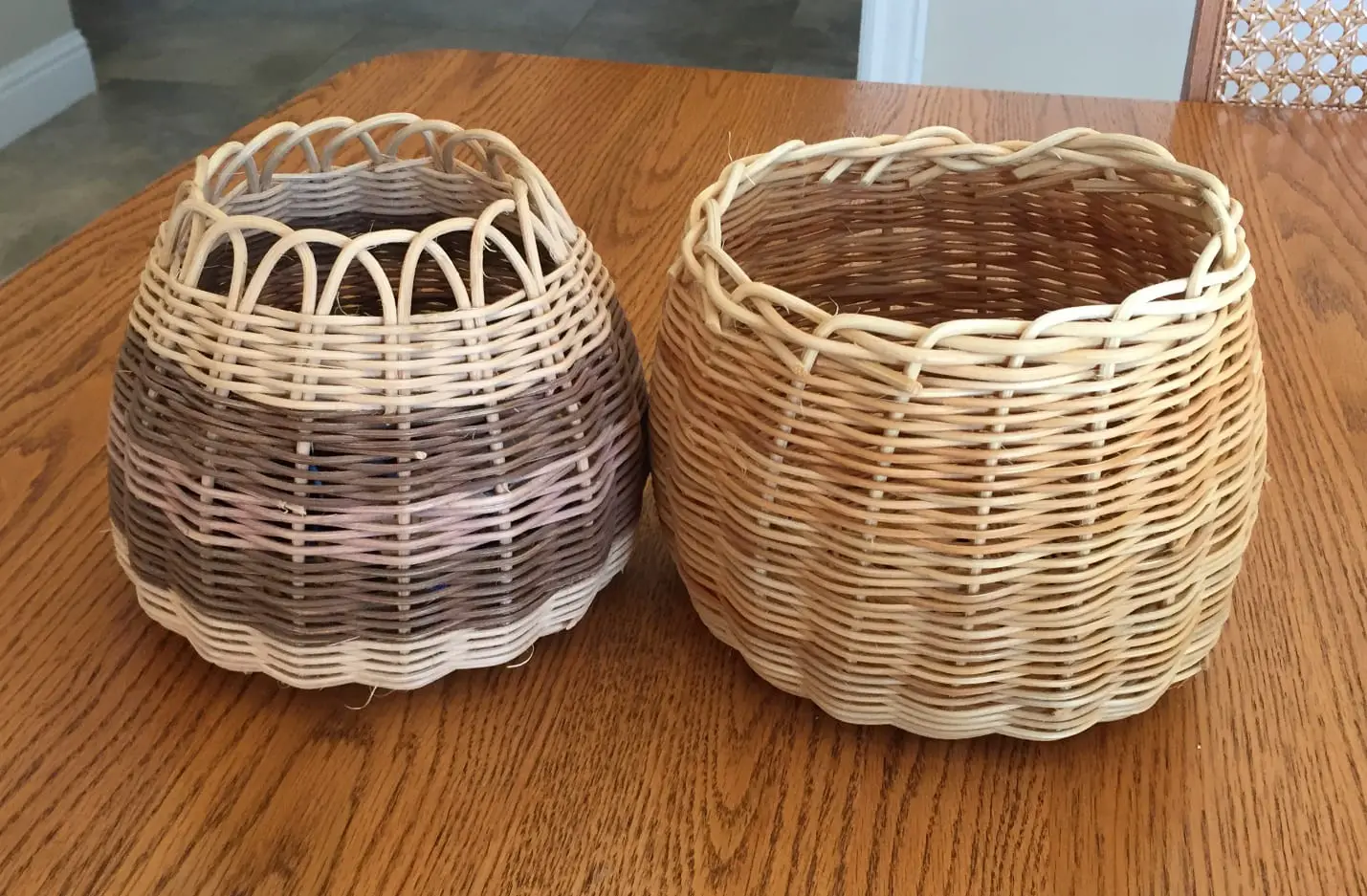
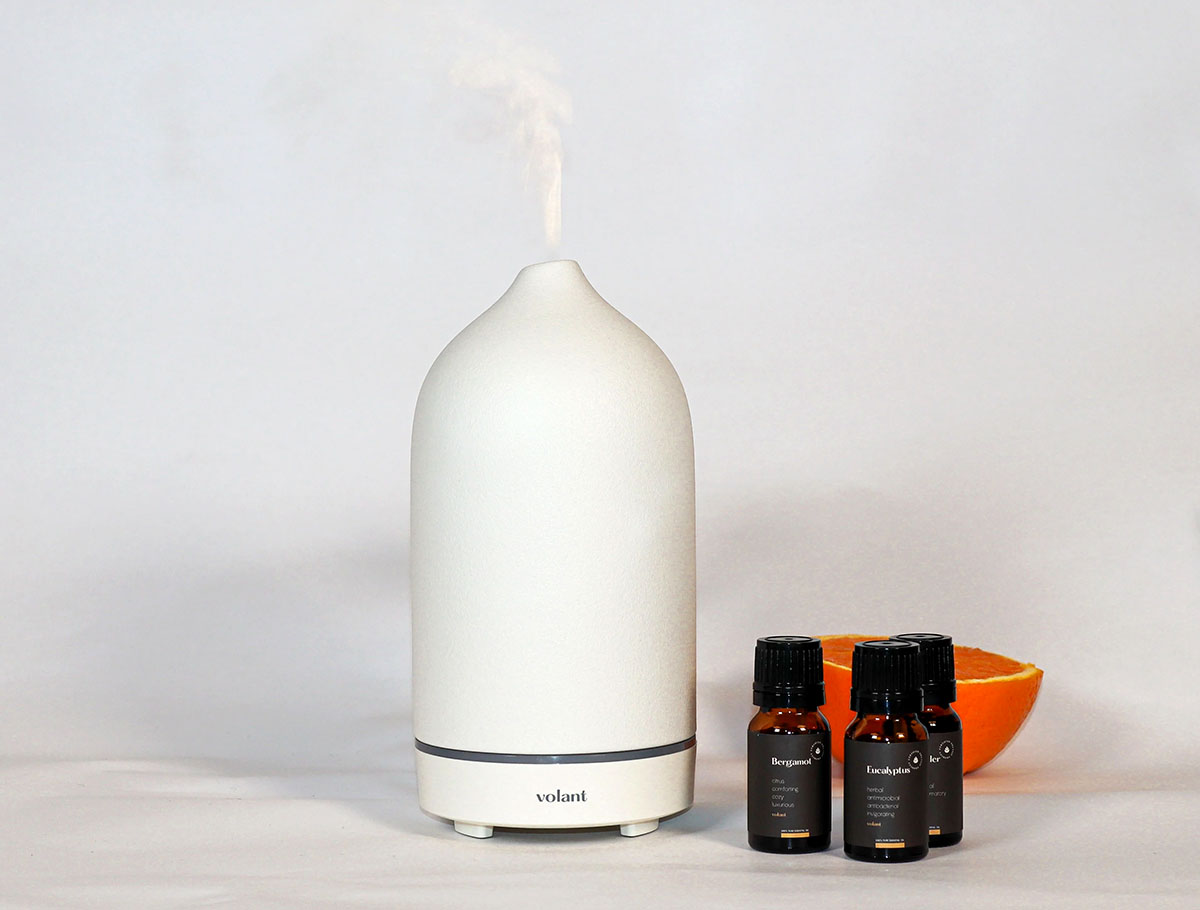
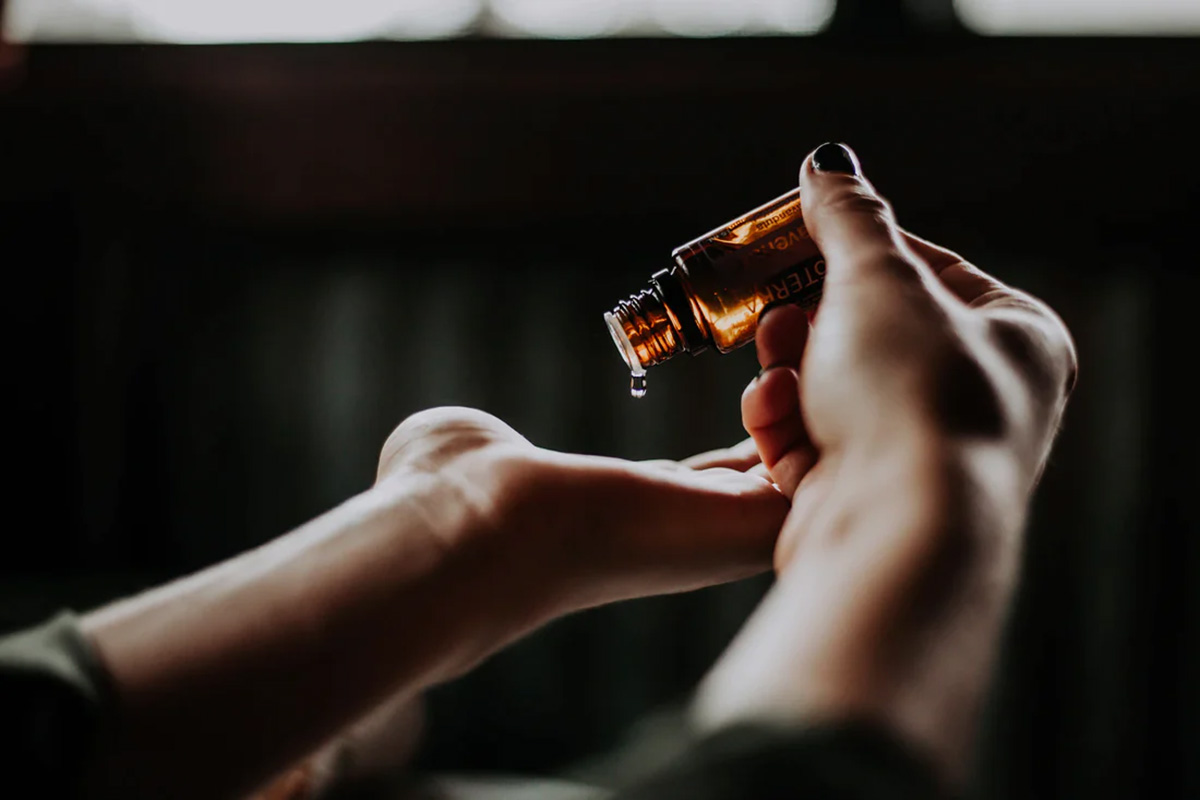
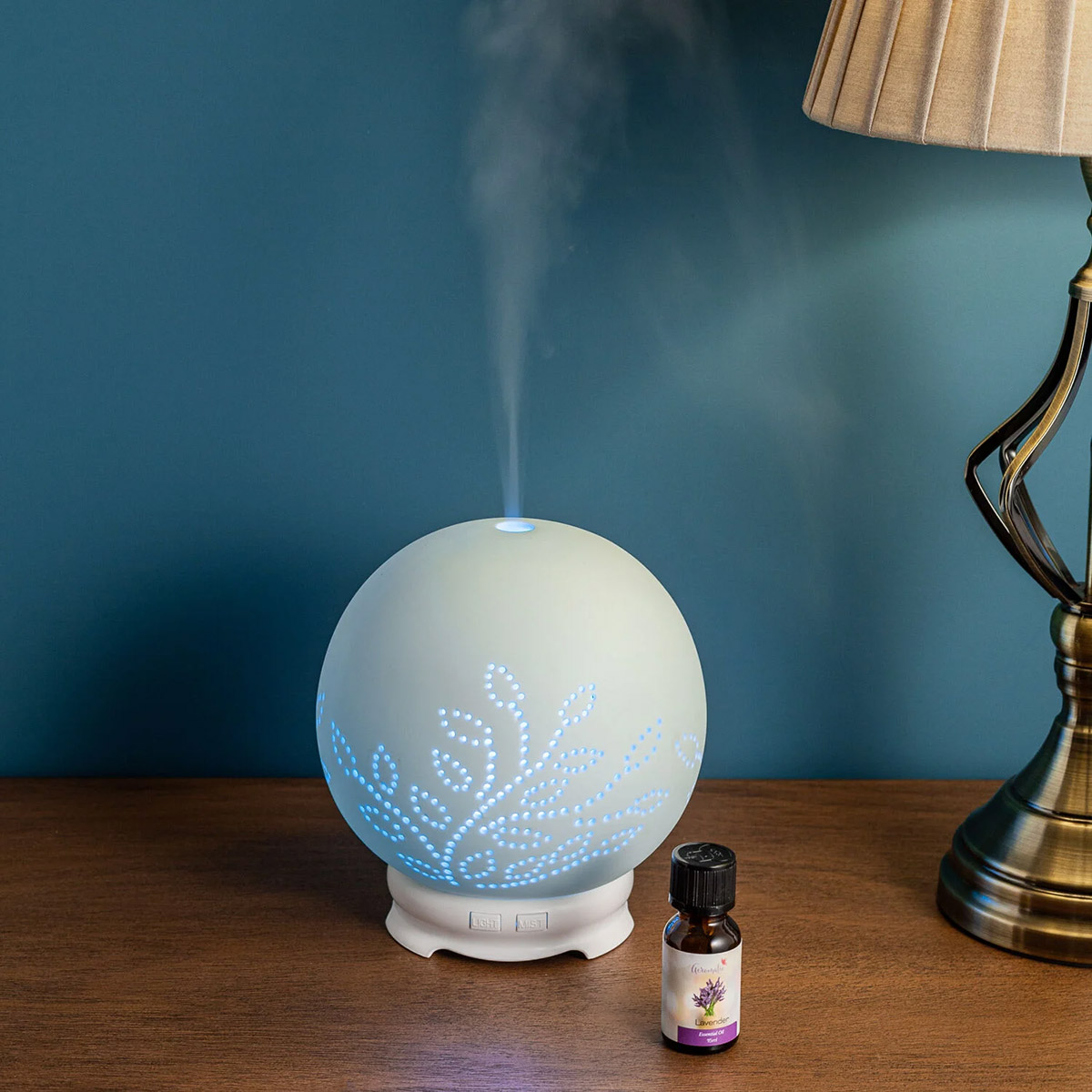

0 thoughts on “How To Make A Reed Diffuser Oil”